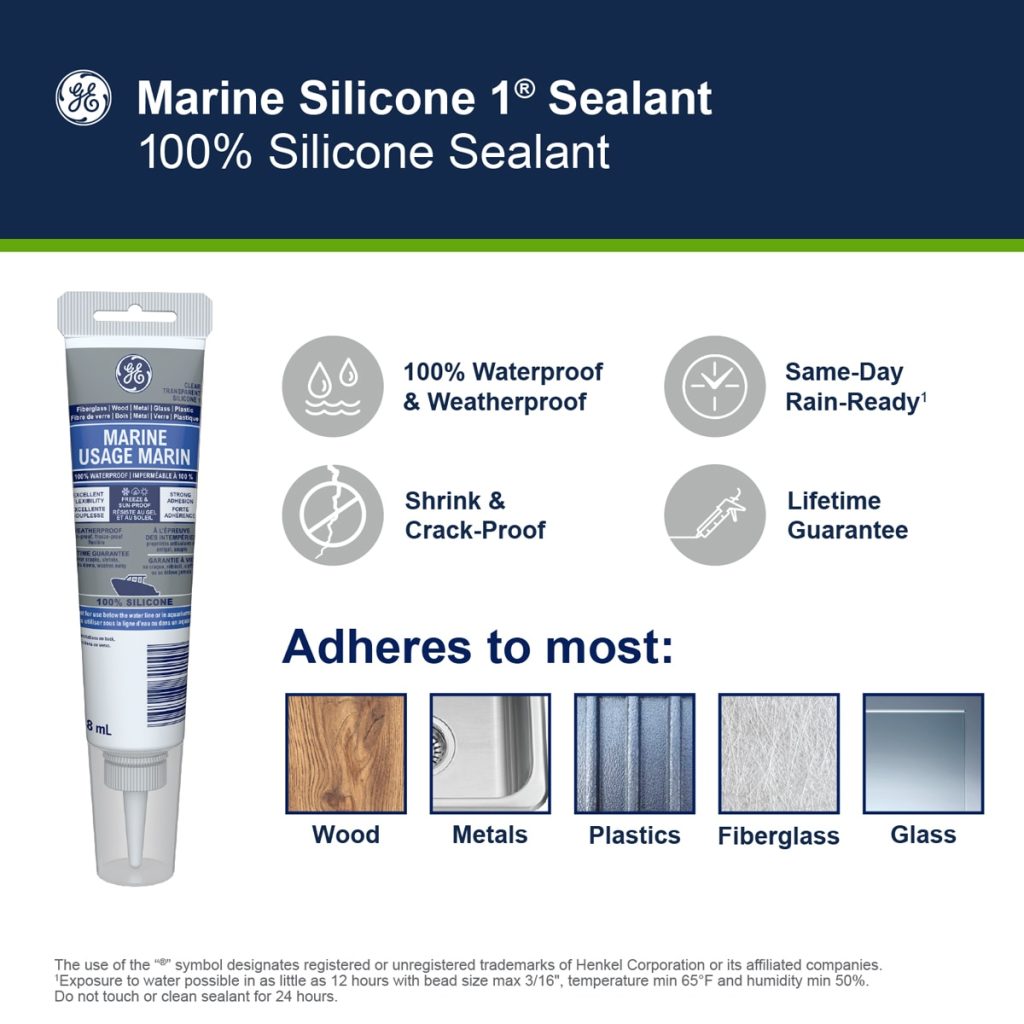|
A vibrating mirror image is the classic warning sign that the mirror glass is letting go from the backing plate. You're probably not far from the point, if not already there, where there will only be a hinge of bond left, seemingly often at the top, where you can lift the glass up a bit on the opposite side. Get some packing tape on before it completely lets go and smashes on the ground, until you're ready to tackle the job. When working the mirror off, use a sharp thin blade up under the edge of the glass working carefully back and forth. A sharpened, long bladed, flexible kitchen carving knife was my weapon of choice. The only tricky bit is being careful not to dig into the silvering, so dig into the plate side in areas where it doesn't want to separate. In the 900s it's like some kind of rubber film bond done under high heat. I imagine the later 240s are similar. It may come off a bit unevenly in places depending on how good you are. Just glue it up and stick it back down and you'll be good to go, maybe first using an isopropanol wipe to remove any dirt and oils. Acetone might also be useful to help roughen up the bonding surfaces, which I think I likely used.
Here's the GE Marine Grade clear silicone sealant I used. Cost about $11 and in stock at a number of local hardware stores in Canada, but for some reason I'm not seeing it available in the USA, not even on Amazon, so you may have to find something similar. Marine Grade often means it includes UV protection, which is unimportant behind a silvered mirror. Flexibility to cope with expansion would be a necessary attribute, so definitely clear over anything with white pigment in it, also not latex water cleanup.

--
Dave -still with 940's, prev 740/240/140/120 You'd think I'd have learned by now
|